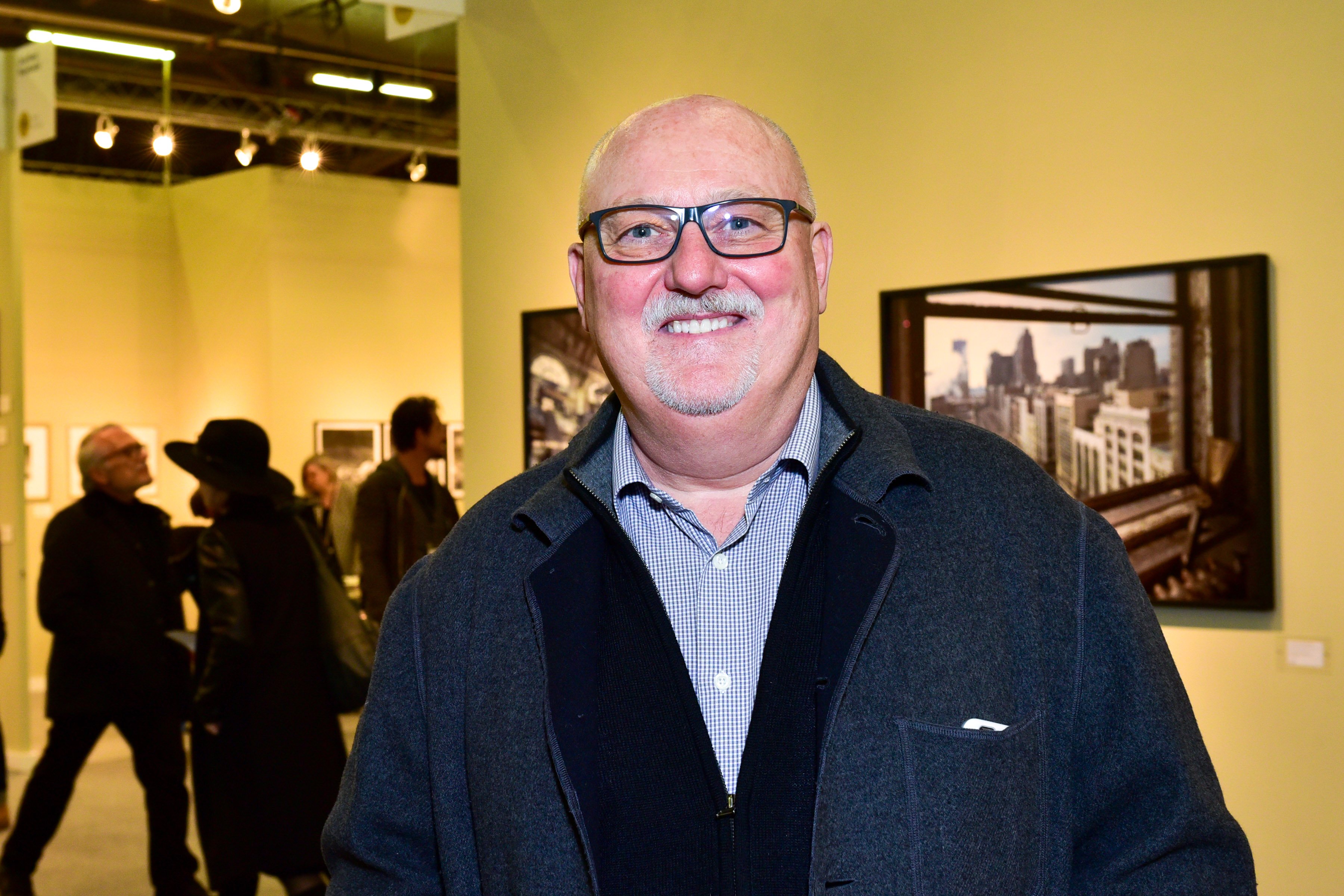
With each passing quarter reinforcing the notion that the art market’s future lies in Asia, the gallery sector has passed the point where only the sellers at the commercial apex feel it’s necessary to maintain a dedicated presence in the region. More evidence of this shift emerged today, as Sean Kelly New York announced the hiring of Gladys Lin as director of Sean Kelly Asia, a new project space the gallery will launch in Taiwan in the coming months.
Speaking with artnet News, Kelly confirmed that the gallery has secured an “intimate” 250-square-meter space in the capital city of Taipei. The space is the first overseas outpost or office for Sean Kelly, which has long remained a single-venue space. It will double as Lin’s office and a viewing venue. The initial plan is to open by appointment only with a program of between two and four projects per year—the first of which will coincide with the debut of Asian art industry veteran Magnus Renfrew’s Taipei Dangdai fair in January 2019.
Kelly notes that Taiwan has more than just “very serious” collectors and institutions. It also has broader geographic advantages. “I think it’s a very convenient jumping-off spot to be able to address the region globally in a way. Whether you’re going to Hong Kong, Seoul, Beijing, Shanghai, Singapore, or indeed Australia, it’s a very central location that is very well connected. It doesn’t have a lot of the complications that a lot of other areas of the region have.”
It was Renfrew, who Kelly calls “an old friend” and who also serves as the founder of strategic consulting and executive search firm the ARTHQ / Group, who identified Lin as a candidate for Kelly’s initiative. After seriously exploring an expansion to Asia for “quite some years,” Kelly recounts, “We phoned Magnus up and said, ‘This is what we’re doing. We’ve hit a few blank walls.’ And Magnus pretty much immediately said, ‘I’ve got the right person for you.’”
Kelly stressed that programming and operation of the project space will evolve over the coming months under Lin’s guidance—and that this approach contributed to the decision to start small in Asia. “We have very strong connections in the region, both institutionally and with clients, and we want to be able to extend those relationships and service them,” he says. “But we didn’t particularly want to do a heavy bricks-and-mortar number on it.” Lin, who has spent more than a decade building private collections, coordinating high-level artist projects, and organizing institutional exhibitions in Asia, will “really dictate to us how it should unfold,” says Kelly.
Sean Kelly Asia director Gladys Lin. Photography by Jason Wyche. Image courtesy of Sean Kelly New York.
A Different Approach
Kelly thinks that having a “more sensitive” permanent presence in Asia will be vital to the gallery’s success there. “There’s no question that business is conducted differently in different places, and in Asia… there’s a need for a very high level of trust, visibility, and confidence,” he says. In his experience, it’s a crucial gesture to these clients for a western gallery to come to them and continue “paying attention to them in an ongoing way.”
The dealer, whose roster includes well-known Asian artists such as Mariko Mori, Liu Wei, and Sun Xun, wants to keep the program nimble to send a message to the homegrown Asian art world that the gallery wants to “respond to you and your needs and interests…. It’s not us coming in and sort of forcing [our program] down your throat” in “some imperialist way.”
Whether in Taiwan or elsewhere, it seems unlikely that Kelly will be the last gallerist outside the “mega” tier to pursue a leaner Eastern strategy. Just a day earlier, Kasmin Gallery tapped Tianyue Jiang, vice president and specialist in Christie’s Asian 20th-century and contemporary art department, as director to lead “strategic development in Asia” without an exhibition space there. And in 2017, Lévy Gorvy also announced its plan to debut an office and viewing room in Shanghai (with Brett Gorvy also alluding to a similar model for Hong Kong).
Kelly hopes that, with Lin at his side, his Taipei initiative can prove that there is more than one way to effectively expand a gallery across the Pacific. “It’s a lighter footprint. It’s a subtler footprint. We hope that it’s a more sensitive footprint and a very respectful footprint,” he says, “and I really do believe that is different.”